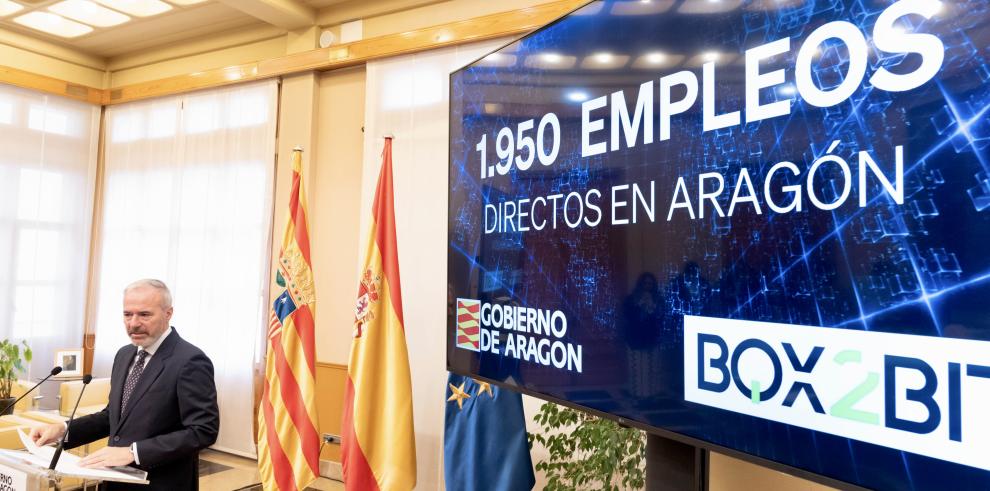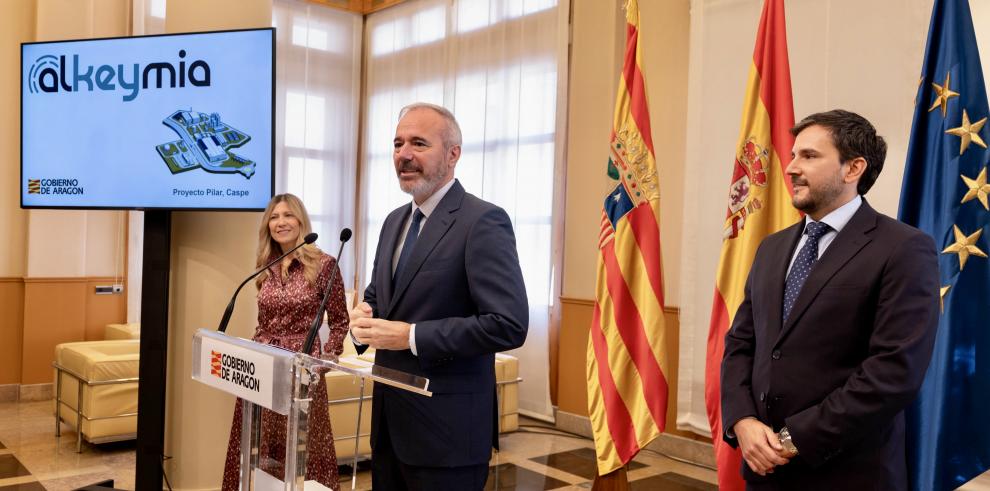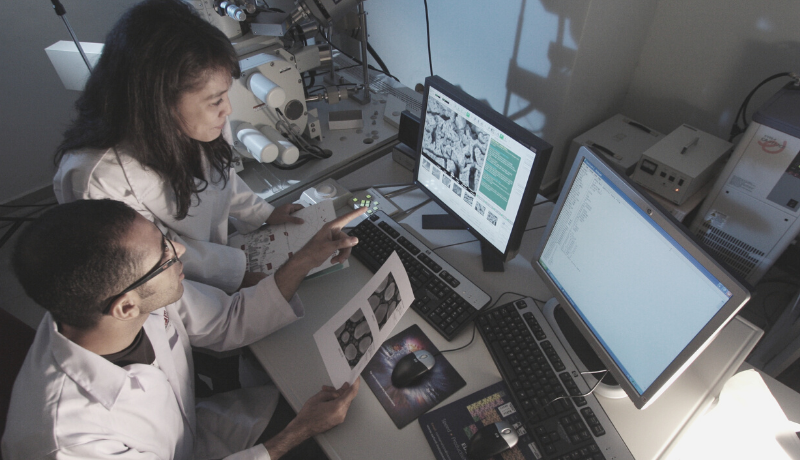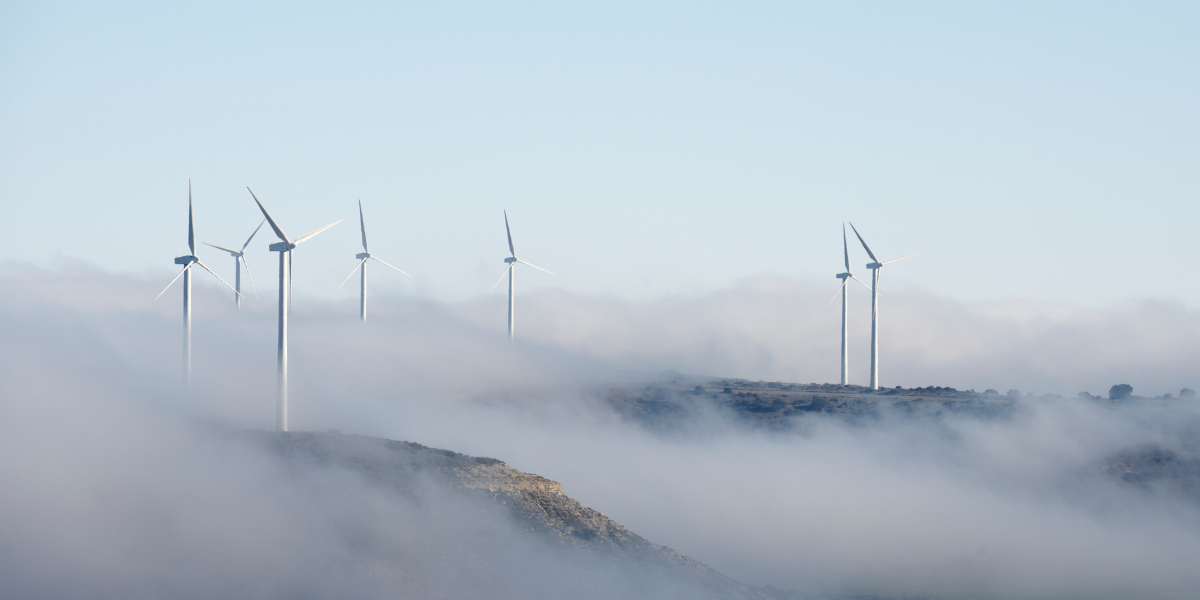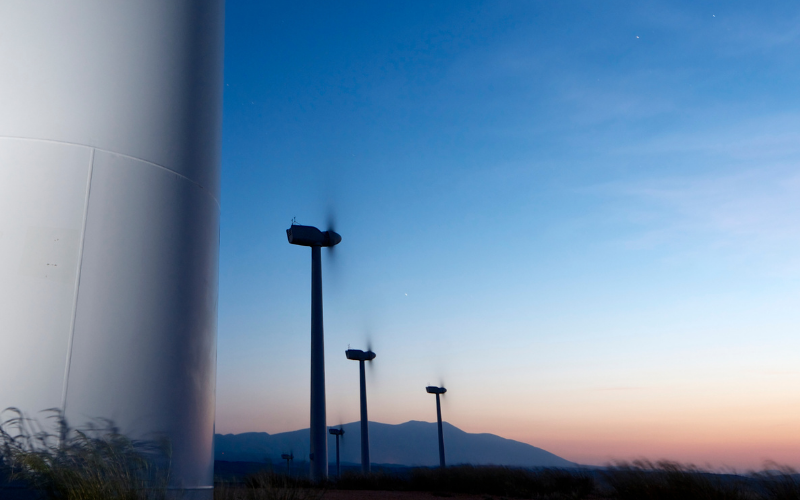Aragon reinforces its leadership in clean energies with an investment of 700 million euros to produce hydrogen and green ammonia
The President of Aragon, Jorge Azcón, has announced an important investment of 700 million euros by the company Alkeymia to build a hydrogen and green ammonia production plant in Caspe. This project has been declared a project of general interest for the region by the Government of Aragón and it is expected to start operating in 2025.
The plant will generate approximately 1,000 jobs during its construction phase and more than 85 direct jobs during its operation. This new complex will house two renewable energy plants will guarantee a sustainable supply, which will allow progress towards climate neutrality and reinforce Aragon’s position as a reference in the energy transition.
This project underscores Aragon’s ability to attract investment in strategic sectors, thanks to its propitious environment for the implementation of renewable energy and its advanced infrastructure for the development of new energy projects.
Aragon, a privileged environment for investment in renewable energy
Aragon offers a favourable environment for attracting investment in innovative sectors, especially in clean energy. The region has a strategic geographical location and a high potential in renewable resources such as the sun and wind, which facilitates the installation of energy generation infrastructures. In addition, the Government of Aragon has launched several initiatives to support research, development and implementation of sustainable technologies, including aid for the integration of renewable energies in mobility and logistics.
Aragon’s commitment to innovation and sustainability, together with a regulatory framework that favours investment and the development of large projects, has made the region a benchmark for decarbonization in Europe. This ecosystem, which combines public-private cooperation and institutional support, allows the region not only to attract large projects such as Alkeymia, but also to consolidate a business network committed to the green economy.
This project in Caspe and other initiatives, aligned with the European Green Pact, reinforce Aragon’s commitment to the energy transition, highlighting its role as a hub of innovation and sustainability in southern Europe.




